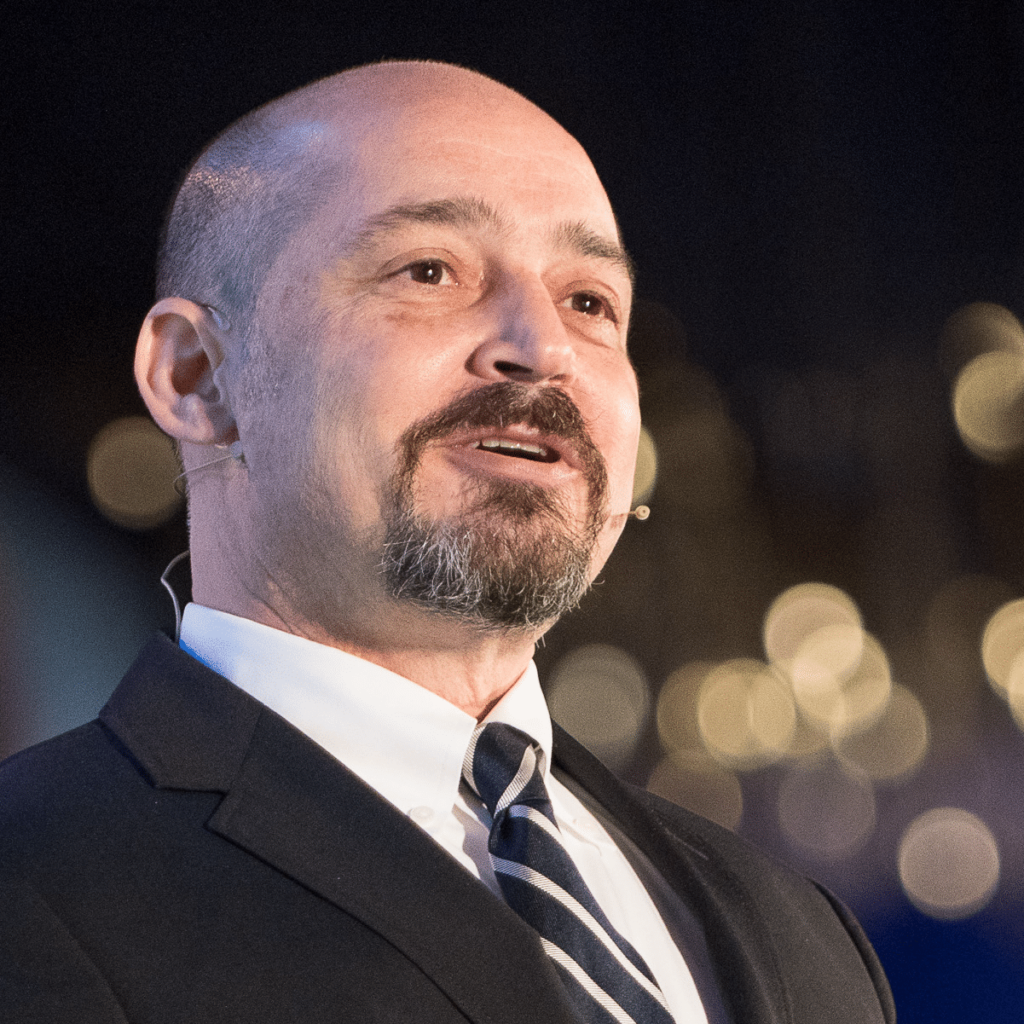
“A mix of high-tech and old-fashioned energy efficiency tactics can deliver carbon-neutral buildings, right now. But the U.S. needs to pick up the pace” writes James S. Russell for Bloomberg.
Oil shortages are a hot topic since Russia invaded the Ukraine, prompting the International Energy Agency to release a 10-point-plan for cutting oil use. But the plan only focuses on transportation and overlooks substantial energy savings that might be found in the built environment. Buildings consume about 40% of our energy in the US, but reducing fossil fuels is still seen as a detrimental impact to our comfort. In reality, we could pretty quickly decarbonize by implementing some simple measures already available to us. These include better insulation, energy star appliances and more efficient heating and cooling. The technology sector has also provided us with sensors, controls, and advanced energy modelling.
Paul Schwer, is the president of PAE, an engineering firm that designs mechanical, electrical and plumbing systems for low emission buildings. He dramatically reduced the energy emissions of his own home by electrifying everything. And his company built a 58,000-square-foot net zero building in Portland through the use of natural lighting and ventilation (lots of windows that open), radiant floor heating, good exterior insulation and a solar array. Paul is convinced that the majority of buildings in the US are good candidates for retrofitting for energy reduction.
The high performing energy-efficient ‘Passiv Haus’ is the gold standard for new construction, achieving energy reductions of up to 75%. But even without following the exacting Passiv Haus methodology, energy efficiency can be accomplished through the use of freely available passive measures, such as natural daylight, sun shading, wide overhangs, sun louvers and natural ventilation.
But what about the carbon footprint or embodied energy of buildings themselves? The materials used to construct a building, such as steel, concrete and aluminum, are a large proportion of a building’s carbon footprint. KierenTimberlake, an architecture firm known for its innovative approach to energy efficiency, devised a digital tool to calculate the carbon emissions embodied in the manufacturing of an existing building’s materials which they intended to develop. When they compared it to how much carbon would be emitted by building a new net zero building, they found that it would take 186 years to reach parity.
Embodied energy is one of the reasons that mass timber, or cross-laminated timber (CLT), has become so popular. Mass timber is more environmentally friendly as it’s made from small strips of timber, can be locally sourced and can replace carbon-heavy materials such as steel and concrete. US building codes will soon allow mass timber buildings of up to 18 stories to be built.
President Biden’s March spending bill includes $3.2 billion for retrofitting homes to make them more energy efficient. That’s a good start. But to achieve scale in the reduction of energy in the building sector will require much more. If all new buildings were net zero, as well as our transport vehicles electrified, we could cut our emissions dramatically by 2030.
Read the original article here.
Image of New US Embassy facade by Images George Rex from Flickr CC BY-NC-SA 2.0




